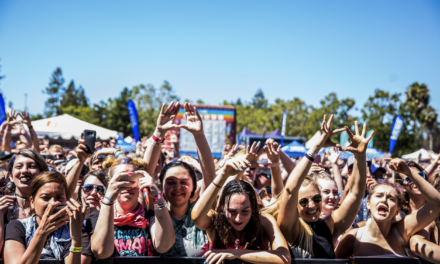As a talented musician, your creations become part of you, embodying your passion and dedication. They echo with your soul’s essence, voicing out tales of struggles and victories alike.
Naturally, then, the thought of someone stealing or misusing these personal pieces seems unbearable. Indeed, protecting this intellectual property should be as vital as creating it!
Thankfully, that’s possible. This article explores several effective strategies and techniques employed by musicians across the globe, all in a bid to guard against unjust encroachments upon their creative pursuits.
Understanding Copyright Laws
As a musician, understanding copyright laws is among the most effective ways to fight theft and shield their hard-earned creative output from misuse.
Essentially, copyright laws provide safeguards against unauthorized use of your creations. Once you possess the copyright for your music, you have exclusive reproduction and performance rights. This means that any unauthorized replication or usage of your tunes could result in legal action.
Registering Your Work
Further cementing your security as a musician in the fight against theft and misuse is registering your work. By recording your music with the respective copyright office, you establish a public record of your ownership claim to a specific song or collection of songs.
Although copyright laws are automatic, registration grants an extra layer of assurance against potential disputes in deciding who owns what. This proactive step demonstrates intent and can provide key evidence if someone decides to steal or incorrectly use your songs.
Watermarking Demos or Samples
Watermarking comes in as another potent tool against theft and misuse. Embedding a unique identifier into your demos or samples means you leave a traceable mark, even within the audio itself.
This technique lets you maintain substantial proof of originality on your recordings whenever shared online. Additionally, it allows for easy tracking in case of theft, promoting accountability while affirming your legitimacy as the original artist.
Legal Contracts and Agreements
Entering into legal contracts or agreements is an indispensable move in proactively protecting your work as a musician. When collaborating with others, the terms of usage and ownership must be communicated plainly.
These contracts not only provide an accepted framework for how the music can be used, but they also establish clear expectations regarding credit and financial compensation from the onset. The formal document thus heavily mitigates potential misunderstandings that could otherwise lead to misuse or theft of your music.
Non-Disclosure Agreements (NDAs)
NDAs play a critical role in the world of music. When you share your work privately with others, perhaps for review or possible collaboration, it is prudent to get them to sign an NDA.
An NDA means that the party can’t disclose details about your creation without your consent. More importantly, they are legally restricted from using your piece without authorization, giving you even more legal control and protection over your original work against potential theft and misuse.
Digital Rights Management (DRM)
Your protective measures could also extend to employing Digital Rights Management (DRM). Intended to prevent unauthorized redistribution of digital media, DRM aptly serves musicians seeking to control who gets access to their content.
By integrating DRM technology into your protection strategy, you meticulously regulate how someone can handle your creations. This disallows unauthorized use or distribution, effectively impeding misuse of your music and discouraging theft.
Pursuing Legal Action
The fight to protect your work may sometimes call for more stern measures, such as pursuing legal action. In instances where you believe that someone has infringed upon your rights as a musician, don’t hesitate to seek immediate legal advice.
A lawyer can guide you through the process and possibly help in crafting a cease and desist demand letter. This is an order intended to halt any further violation immediately and is often less expensive and time-consuming compared to litigation.
Use of Music Identification Apps
Lastly, musicians must not overlook the power of technology in their efforts to safeguard their work. The good news is that various music identification platforms like Shazam can help pinpoint whenever parts of your song are played unauthorizedly.
This helps monitor where and how your music is being used, providing an opportunity to take action if it’s utilized without permission. Adopting this strategy can catch unlicensed users off guard and deter any future attempted theft or misuse of your work.













